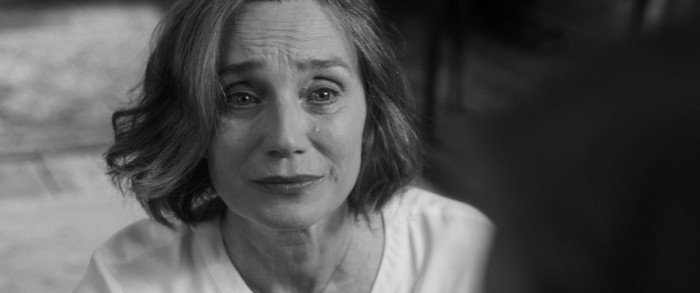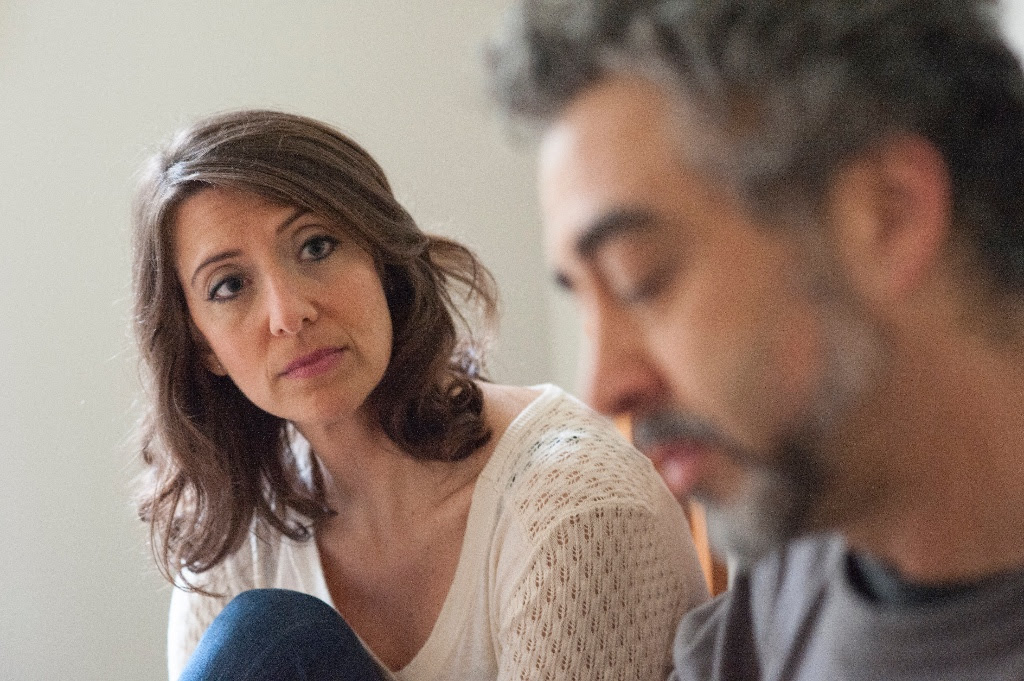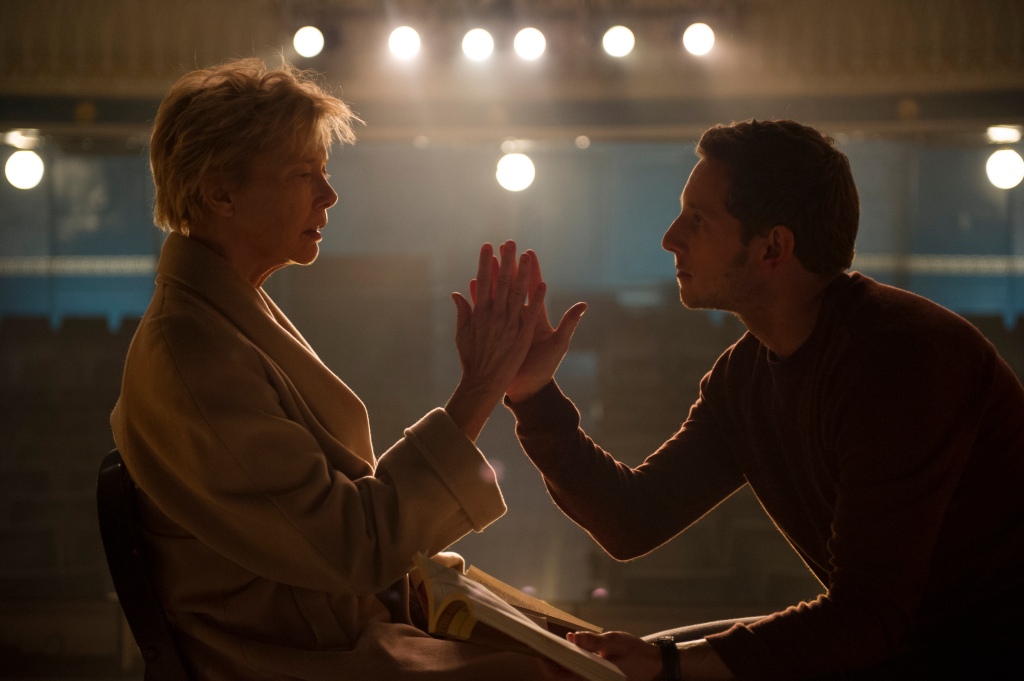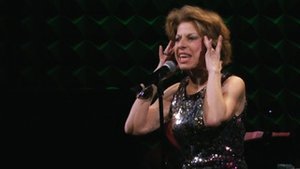Garbo belongs to that moment of cinema where…one literally loses oneself in a human image, as in a filter, where the face constitutes a sort of absolute state of flesh which one is not able to wait for or to abandon…
Even in this extreme beauty, this face is not designed, but rather sculpted on the smooth and the brittle — that is to say, both perfect and ephemeral; it joins the floury face of Charlot, the face of a somber plant, her face like a totem. But the temptation of the complete mask (like the masks of antiquity) perhaps implies at least the theme of secrecy (as in the Italian half-masks), which is one archetype of the human face. Garbo embodies a sort of platonic ideal of the creation, which explains why her face is almost desexualized without being uncertain…
Like a moment of transition, Garbo’s face reconciles two iconographic ages: it assures the passage from terror to charm…The face of Audrey Hepburn, for example, is individualized, noted only by its particular themes (woman-child, woman-feline), and also by her person, by a specification a little close to the face’s, which has nothing more than the essential, but is constituted by an infinite complexity of morphological functions. Like language, the singularity of Garbo’s face is of a conceptual order, Audrey Hepburn’s of a substantial order. The face of Garbo is the Idea, that of Hepburn’s is the Event.
-“Le Visage de Garbo” from Mythologies, Roland Barthes, 1957
translated from the French




Leave a comment